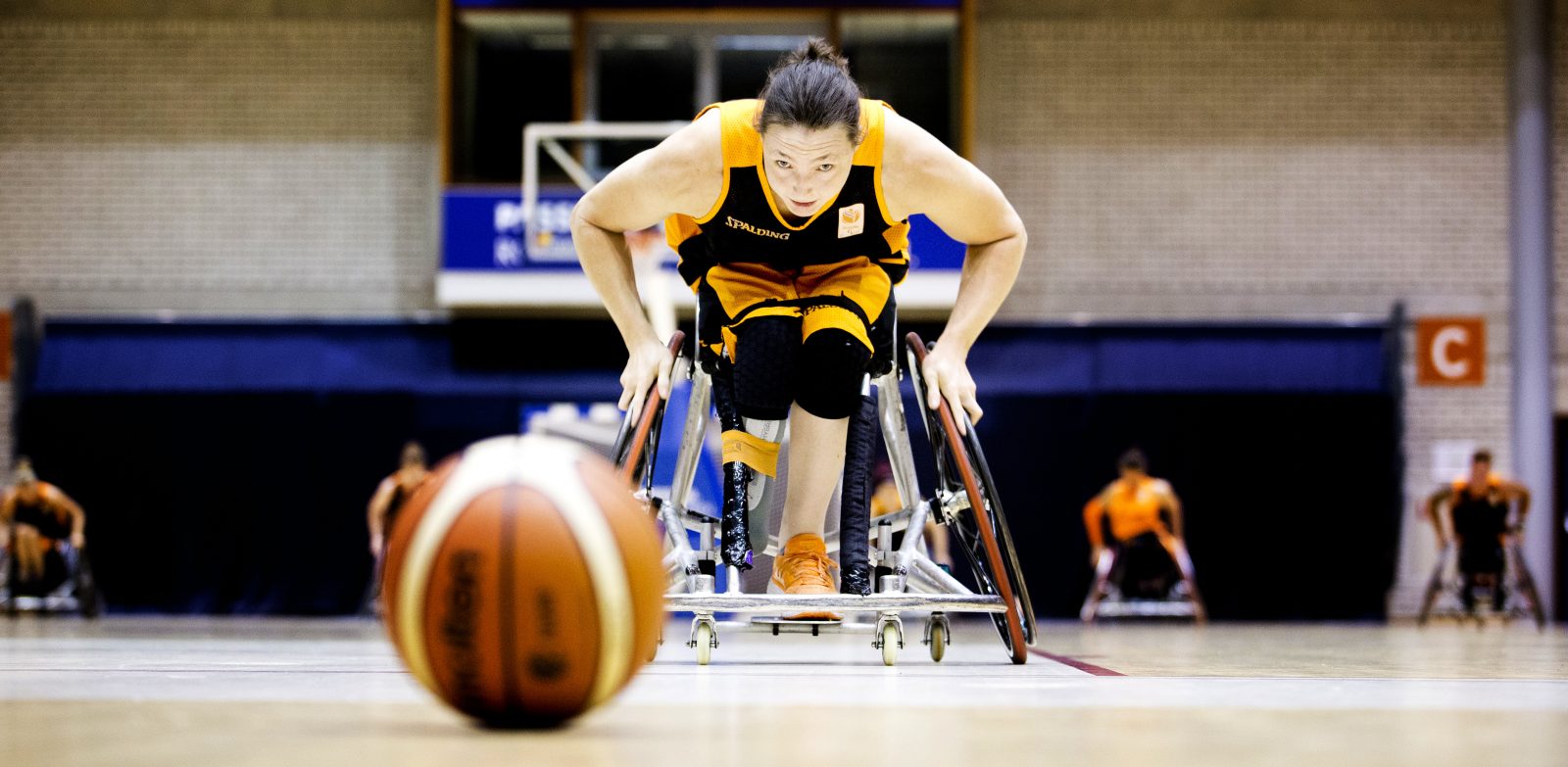First Projects of Movesense Academic Program Announced

Movesense Academic Program equips research teams with sensor hardware and tools for efficiently measuring and collecting motion and physiology data. We started accepting applications in November and have now selected the first projects to be invited to the program. During 2020, we will continue growing the program by inviting up to three new projects per quarter to join. If you are interested in applying, read more here.
The program was announced in November 2019 and we received plenty of highly interesting applications in a short time. To respond to the interest, we decided to accept five projects in the first round of selections.
Coincidentally, two projects are related to empowering wheelchair users with new measurement tools. Instead of picking only one of these to the program, we see a lot of synergies between them and encourage the teams to connect for even better results.
Here is a short description of the projects:
Collection and interpretation of markers of equine disease and fitness in large groups of horses
W2ND Inc. and University of Pennsylvania New Bolton Center
Exercise associated deaths (EADs) are currently the biggest challenge for the equestrian industry and could threaten its viability. Pre-participation screening programs have successfully decreased EADs in humans and an analogous equine program can be a high yield effort. New Bolton Center and W2ND propose the development and validation of an evidence-based system using a wearable ECG device and custom mobile apps to monitor horses health at rest and during exercise. The target of the project is to prevent catastrophic cardiovascular injuries to horses and riders in the field.
Wheelchair mobility performance monitor
The Hague University of Applied Sciences / Delft University of Technology
Insight in individual performance is very important in any sport, so a runner uses heart rate measurements and a cyclist measures cadence, speed and power output. But for wheelchair athletes is there is nothing suitable available yet to measure wheelchair movement. There is very limited scientific knowledge available of field-based performance measurements in wheelchair sports and daily wheelchair use.
This project combines lab-based wheelchair ergometer measurements with motion sensors to develop and validate new algorithms for wheelchair performance measurement. The target is to enable wheelchair athletes and daily wheelchair users to measure their own wheelchair mobility performance, so they can improve training, wheelchair setting and match preparation.
Featured image: TU Delft Sports Engineering Institute testing movement sensors with team Netherlands Basketball. – Photo Guus Schoonewille
The Digital Wheelchair: Individual empowerment for a more active society
NTNU Trondheim (Norwegian University of Science and Technology)
The main goal of the project is to develop an algorithm that accurately estimates physical activity and energy expenditure of wheelchair users during exercise as well as free-living activities. This is made by utilizing the data of the Movesense IMU and HR sensors and transferring knowledge from ongoing research projects related to the integrated analysis of physiology and biomechanics in different exercise modes. The outcome aimed for in this project is to encourage wheelchair users to lead a more active and healthy life.
Sleep health monitoring
Neurobit Technologies
The key objective of the study is to validate Neurobit’s ECG and motion based algorithm for the detection of sleep stages and Obstructive Sleep Apnea. There is no scalable solution to screen apnea screening yet and the existing diagnostics tools are not suitable for personal use. The method studied in this project has potential to become a convenient and affordable solution for sleep apnea and sleep health monitoring and, once successfully completed, may have a major impact on sleep apnea screening.
Chronic pain patient tracking by psychotherapists
Institute of Medical Psychology, University of Marburg
Chronic pain is one of the most under-recognized and under-treated medical problems of the 21st century and is a leading cause of disability in the workplace. Chronic pain interrupts all aspects of a person’s life and leads to physical de-conditioning, psychological distress, and social isolation. A therapy method called Systolic Extinction Training has been proven to significantly reduce chronic pain and make a high percentage of patients pain-free. This project aims at optimizing the treatment with accurate ECG and movement measurement and providing therapists with a simple, low cost, innocent looking device that they can use with patients.
